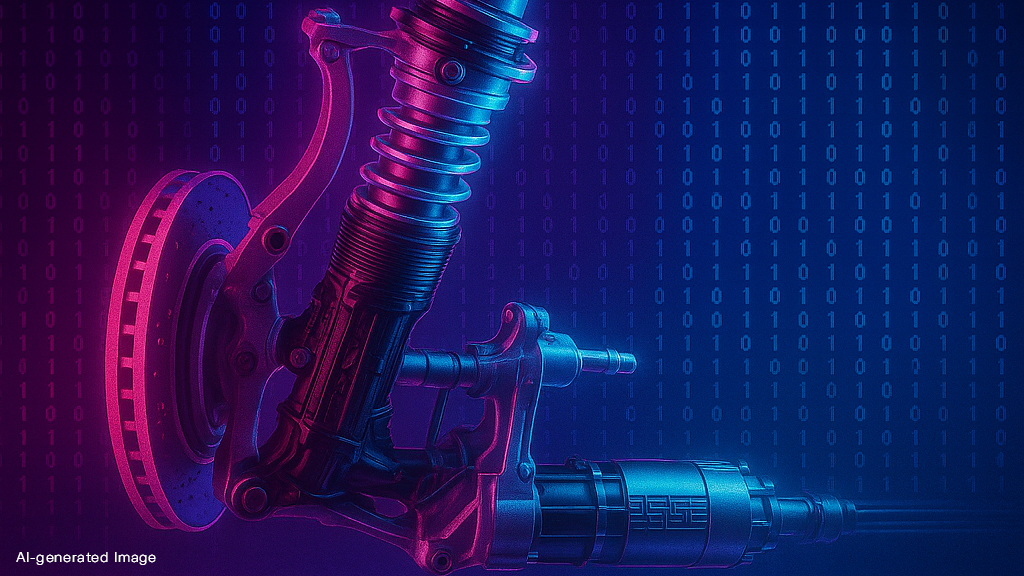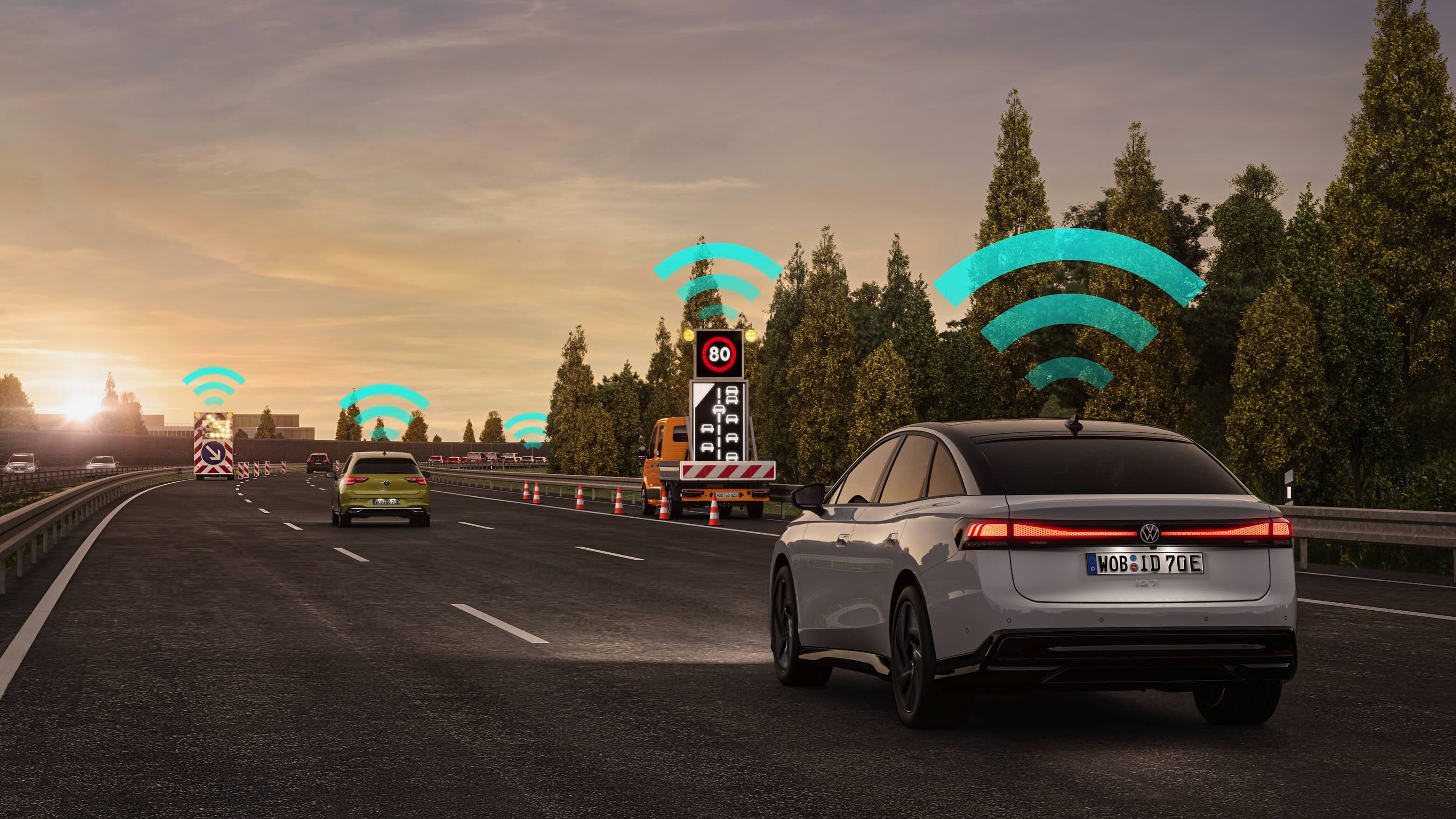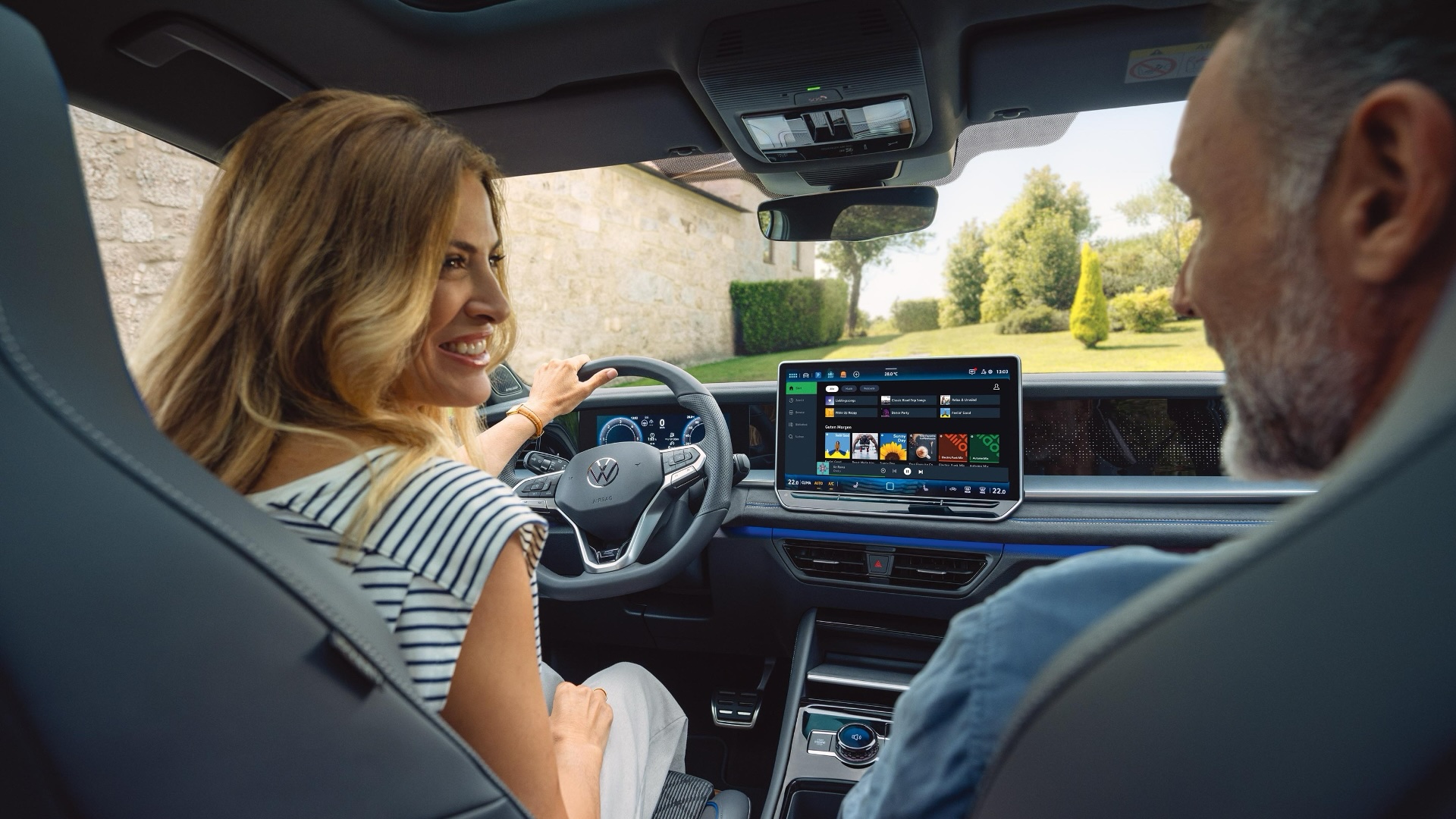In the fast-evolving automotive landscape, the line between mechanical engineering and intelligent software is increasingly fading. One example are active damper systems, which redefine how vehicles respond to the road. By continuously adapting chassis behavior in real time, active dampers enhance ride comfort, improve handling, and elevate safety.
“One of the main functions of dampers is to separate movement that is transferred from the road to the car and slow down the vehicle body’s movements”, explains Jascha Janzen, Product Owner Vertical Dynamics at CARIAD.
Comfort, safety, and performance in one system
Models like the Porsche Panamera and the Porsche Taycan feature the Porsche Active Ride with an active damper. Its main goal is to increase the comfort, driving performance and safety while on the road. It features, for example, comfort functions such as the so called "Easy Entry": When the driver opens the door, the car is raised to make entering easier. As soon as the door is closed, the vehicle lowers itself again. To be able to react fast enough, the Active Damper has one of the most connected chains of actions, as it performs its calculations in one millisecond and reacts instantly to external circumstances, e.g. when the door is opened or closed.
However, the Active Damper is much more than an entry aid. It offers roll and pitch compensation, which reduces the roll and pitch angle of the vehicle to near zero. This ensures that the car always remains horizontal. Depending on the driving situation, this compensation can be supported by the front or rear axle, which makes the vehicle more safe or more agile.
In high-performance driving situations, especially when braking or with significant lateral acceleration, the Active Damper lowers the body of the vehicle. The lower center of gravity reduces load transfer on the wheels. The active suspension geometry, meanwhile, increases the camber and therefore improves traction. This greatly improves performance and lap time. The “Active Cornering Dynamics” and the “Acceleration and Braking Comfort” functions allow the vehicle to tilt in the curve or in the direction of acceleration – like a helicopter – and are available in the “Hybrid” mode on the mentioned Porsche models. Functions can be activated and are then available in "Hybrid" mode. In Sport or Sport Plus mode, the functions are automatically deactivated.
Software enabled driving dynamics
To be able to control such a dynamic system, fast, real-time software is essential. Developed by teams at CARIAD and Porsche, this software uses a 6D inertial measurement unit (IMU) and several other sensors to accurately calculate the vehicle's movements and the condition of the damper system. “The software processes a total of about 300 signals and is optimized to run in real time on a microcontroller”, says Jascha Janzen “We also developed the system in a multi-deployment approach. This enables scalability across multiple models and vehicle architectures.” In addition, the software combines the algorithms for controlling the active dampers as well as the semi-active dampers.
Integrating Functional Safety
Due to the high performance of the system, malfunctions must be clearly and quickly identified, which is very complex due to the versatile possibilities of the system. For example, the system can either pull a wheel inwards (compression) or push it outwards (rebound) with considerable force in any driving situation, which could immediately create a driving situation that is difficult to control in the event of a possible software error.
Therefore, the Active Damper System is developed according to ISO26262 meeting ASIL C safety requirements. In order to allow the complex control algorithms in place to calculate highly dynamically regardless of the high and restrictive standards, the architecture of the software was developed in a way that the ASIL C safety function continuously monitors the main function in parallel to it and intervenes if necessary. The safety function consists of a sensor interface, a parallel monitoring function, and an actuator interface.





